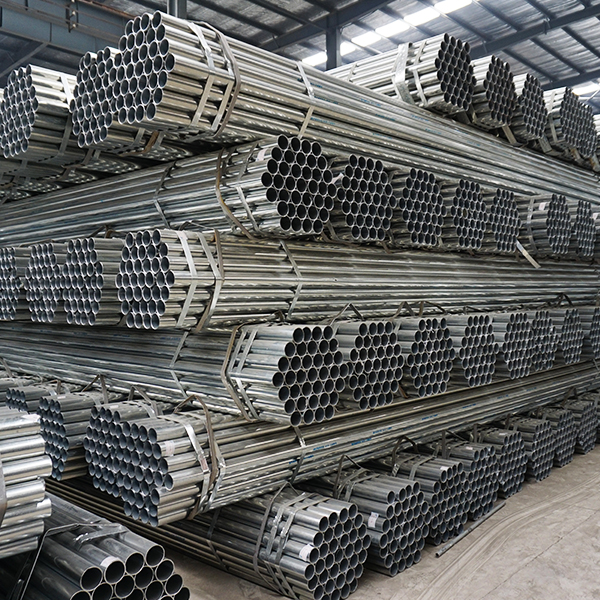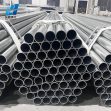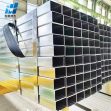More About Welded Steel Pipe
There are many different types of steel which require different types of welding tools and techniques, assuming it can be welded in the first place. Low carbon steel is most suitable for spot welding. High carbon content and alloy steels tend to form hard welds that are brittle and could crack, though this tendency can be reduced by tempering.

Welded steel pipe, also known as welded pipe, is manufactured by crimping a steel plate or steel strip to form a welded steel pipe in a mill. Welded steel pipe production process is simple, high production efficiency, and has a variety of specifications, as well as a low cost of equipment. But its strength is lower than the seamless steel tube in some specific applications.
Welded steel pipe can be divided into straight welded pipe and spiral welded pipe. Straight welded pipe has simple processing technology, high production efficiency, a low cost, as well as a rapid development. As a rule, the smaller diameter welded pipe has straight seam welding while the large diameter welded tube mostly has a spiral welding. Low pressure liquid transportation mostly uses welded steel pipe, also commonly known as black pipe.
Spiral steel pipe is mainly used for pipeline to convey the petroleum or the natural gas, due to its large diameter, high conveying efficiency as well as the lower cost of laying the pipeline. This type of welded pipe has strong pressure bearing capacity, good welding performance, as well as go through a variety of rigorous scientific inspection and testing, so as to ensure its safety and reliability in service.
Generally speaking, the classical protection for steel tubes is surface coating. In certain situations where there is no oxygen (deep below surface level) steel tubes may not corrode. When water and oxygen are both available, corrosion takes place by an electrochemical process. In many cases, steel pipe coatings are used to protect against corrosion as well as for decoration.
There are a couple of guidelines to minimize welding defects related to surface contamination as follows:
• Moisture and condensation must always be removed prior to welding.
• Both pipe ends must be cleaned, on the inside and the outside, at least 1” (25mm) beyond the edge of the bevel.
• One recommended means of cleaning pipe is with a straight shaft grinder with a rubber expanding wheel and carbide coated sleeve. A sanding disc can also be effective, as well as an abrasive grinding disc.
• Depending on the pipe size, a half round file can be used to remove any burrs created when the land is ground on to the end of the pipe.
Tel: +86 18202256900 Email: steel@fwssteel.com










